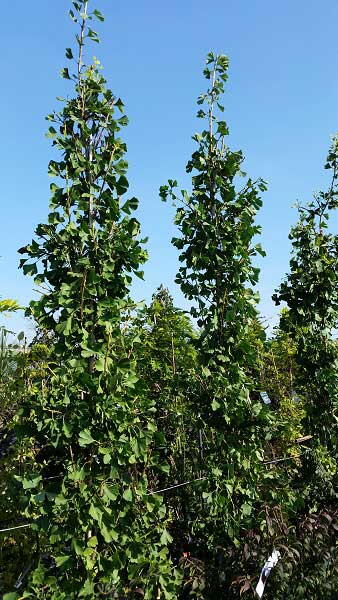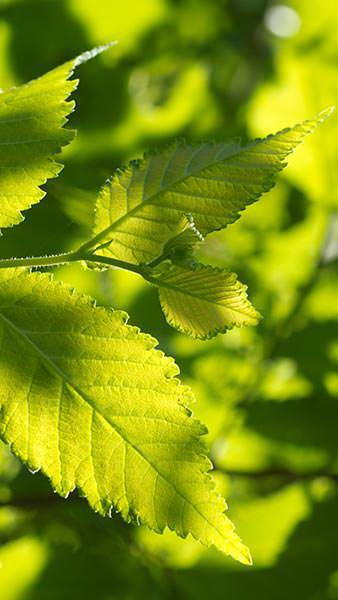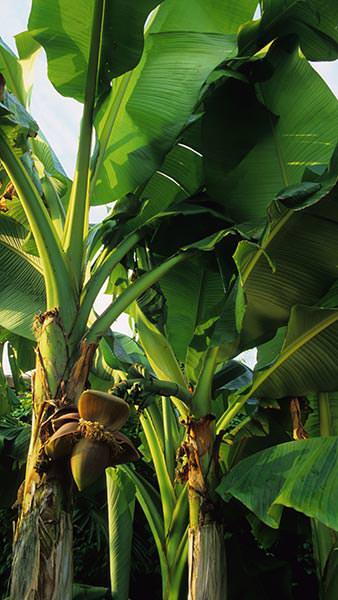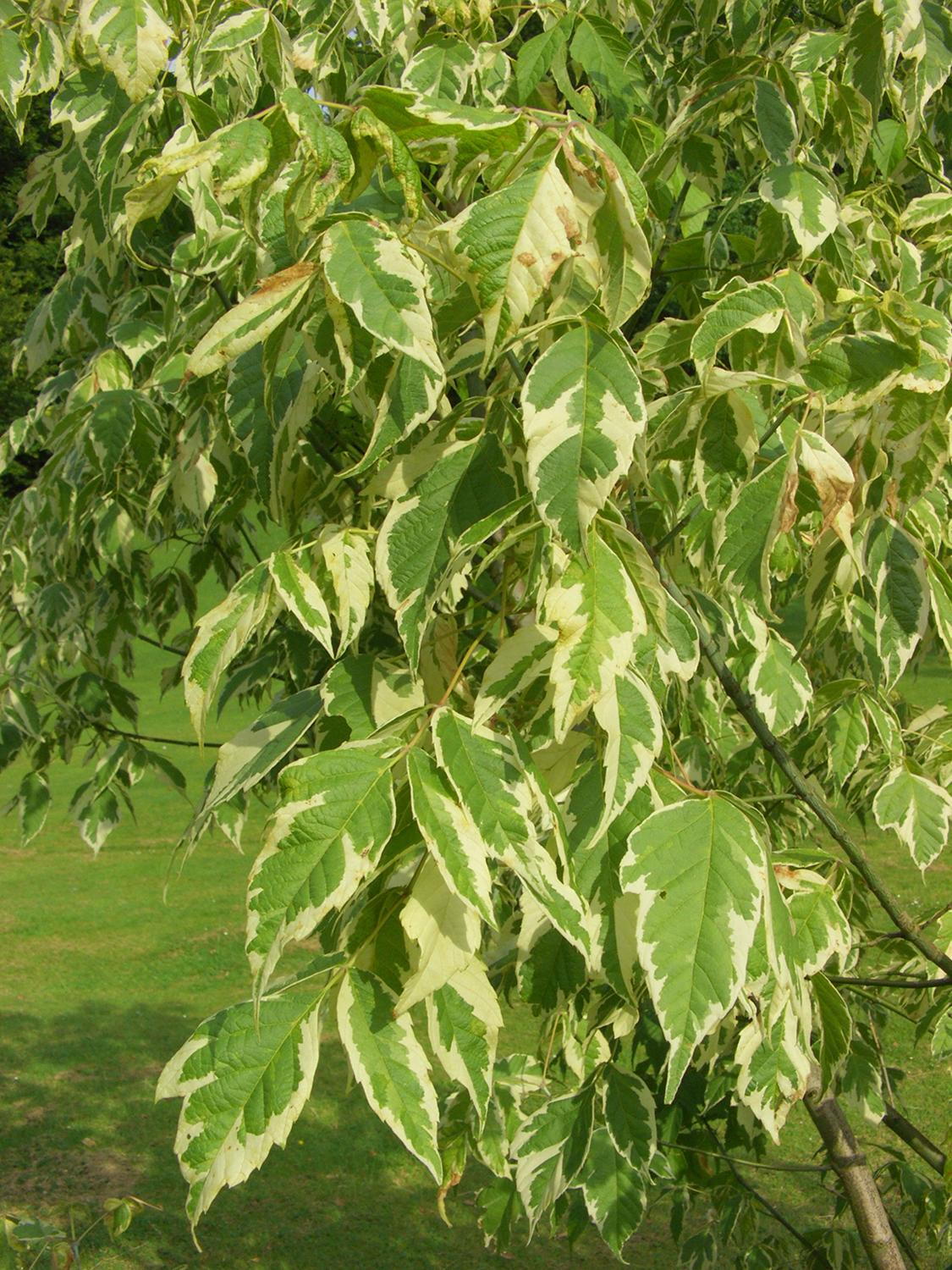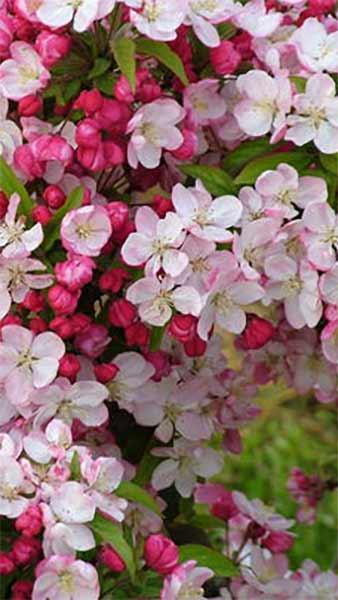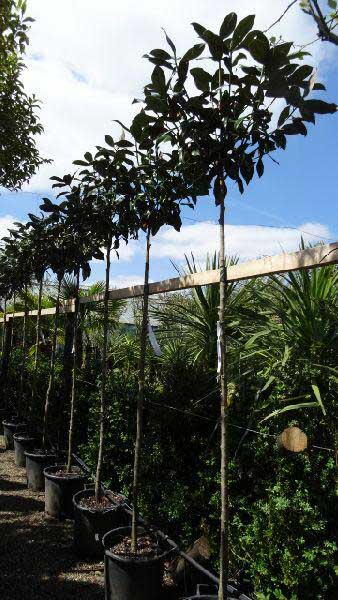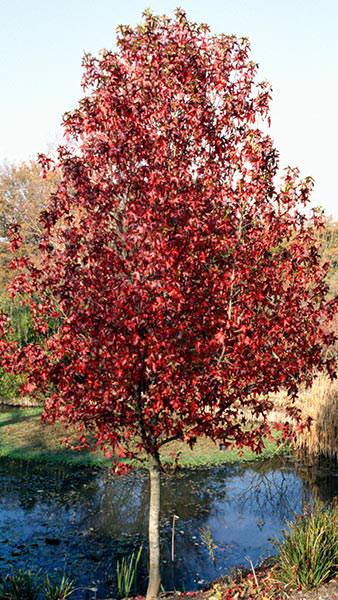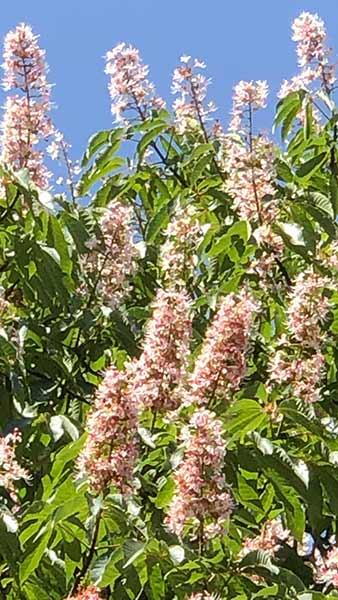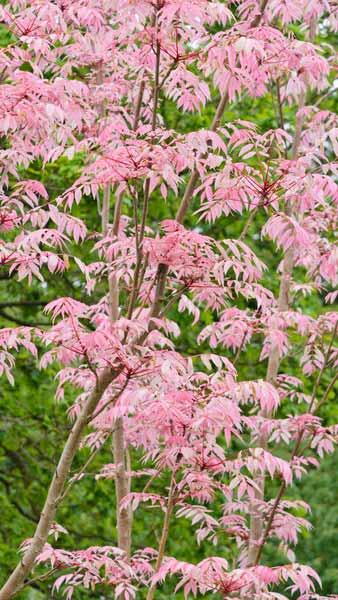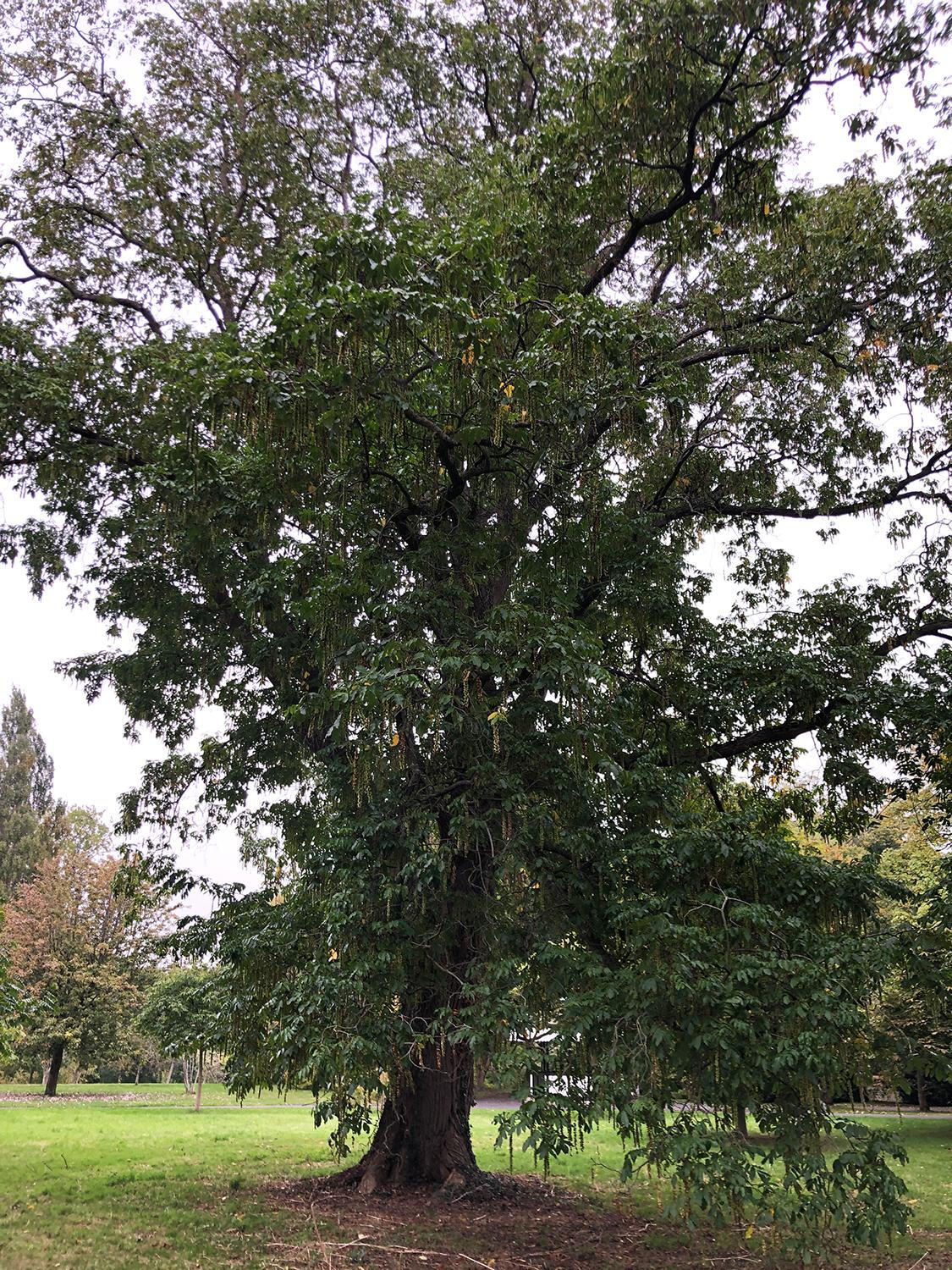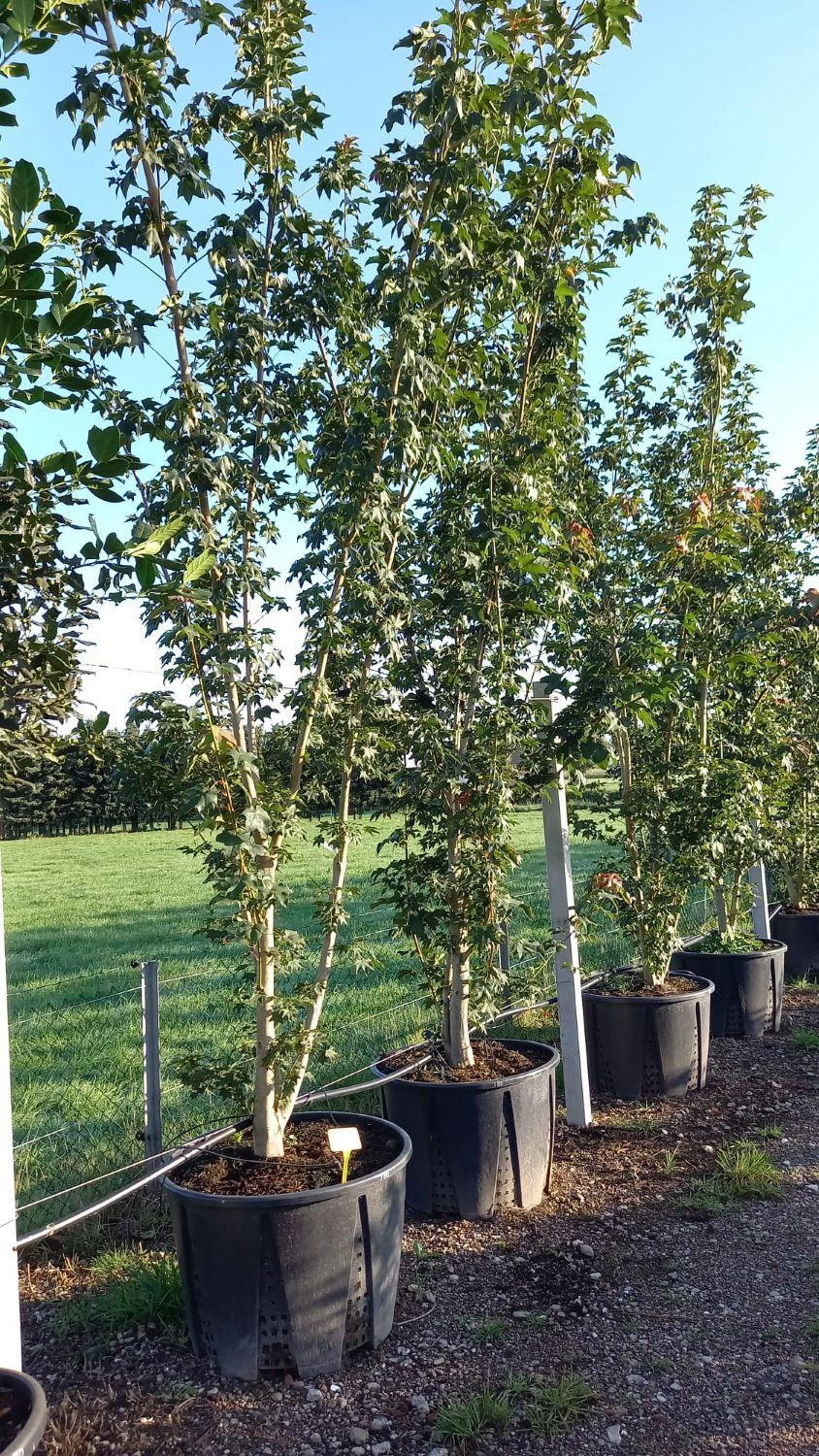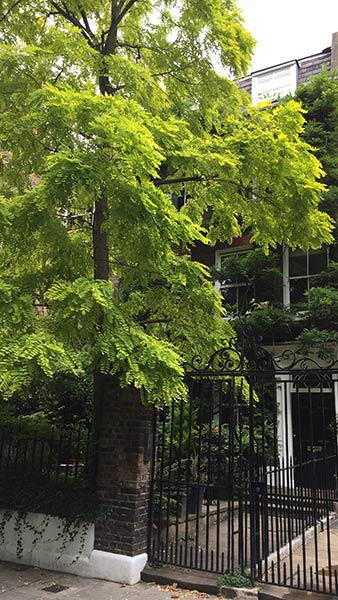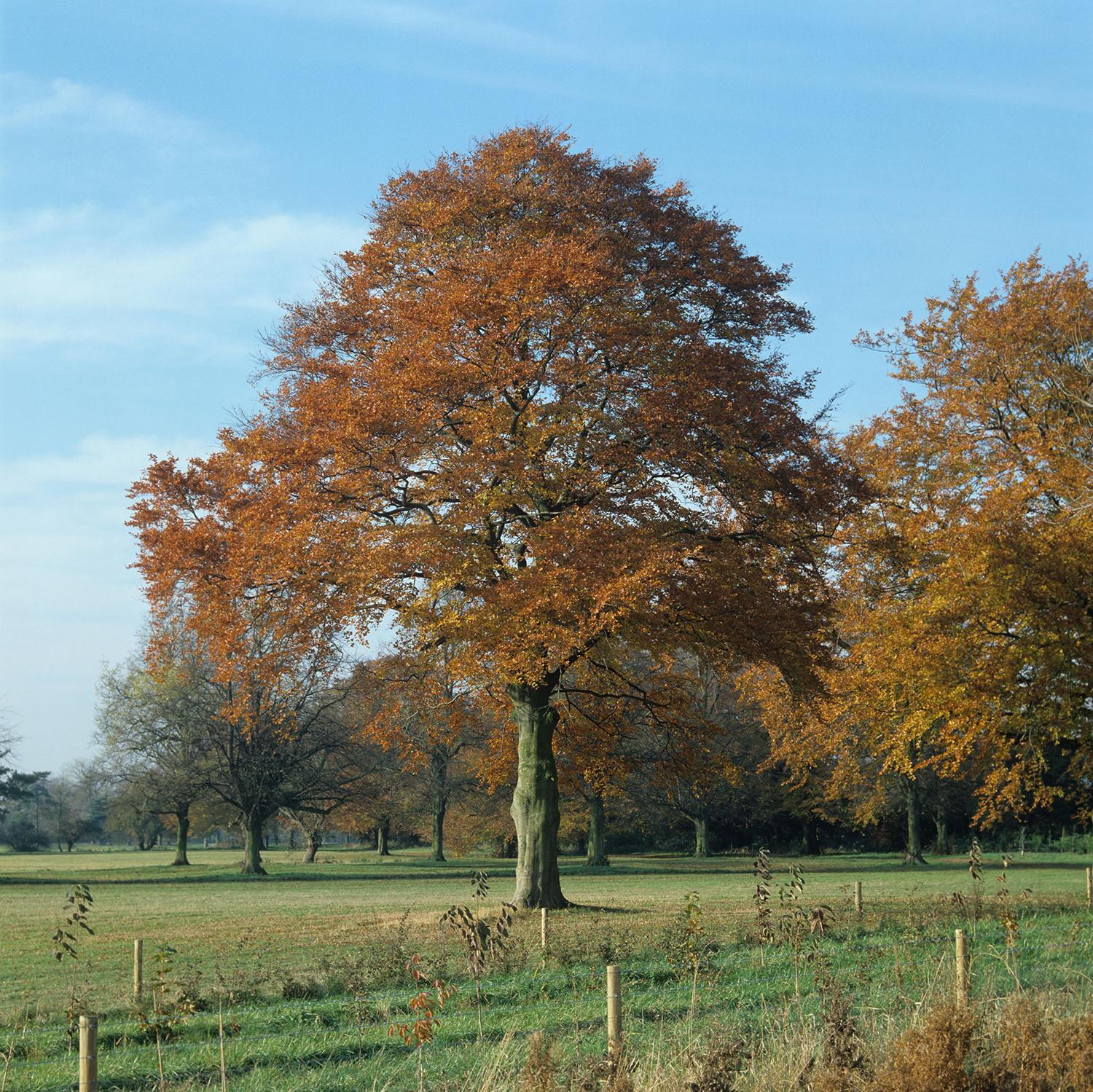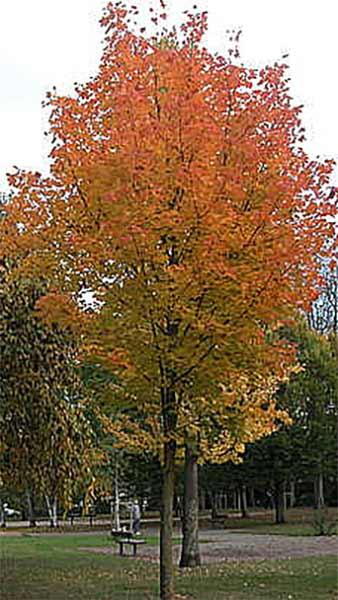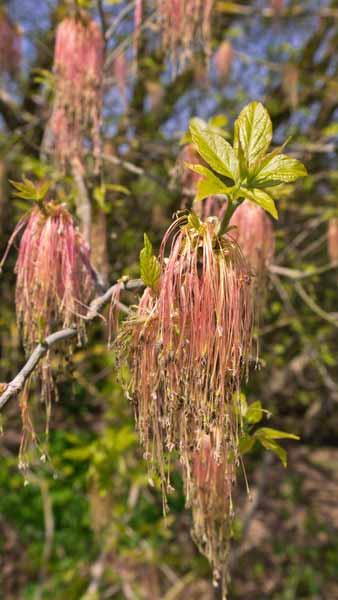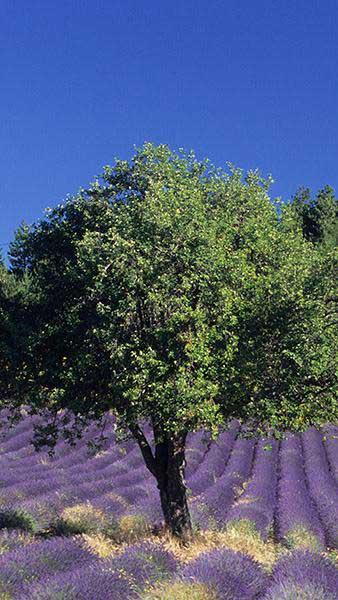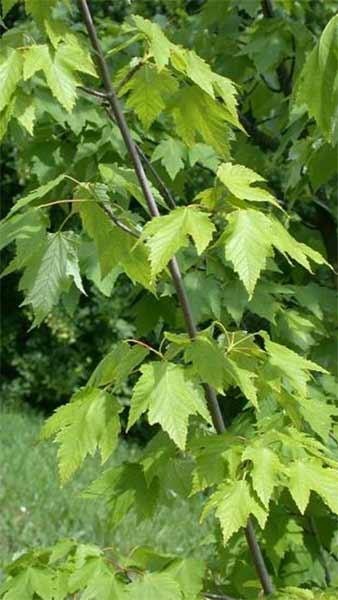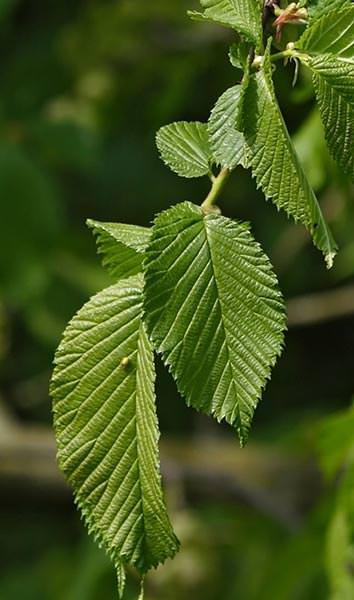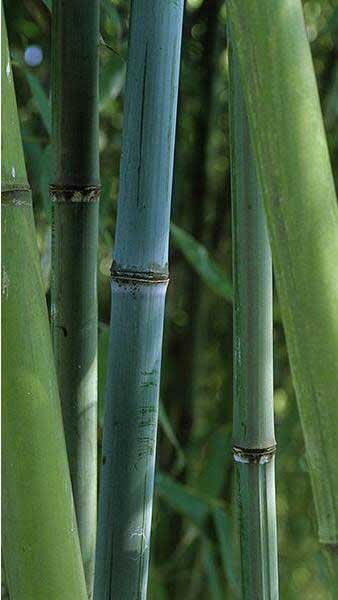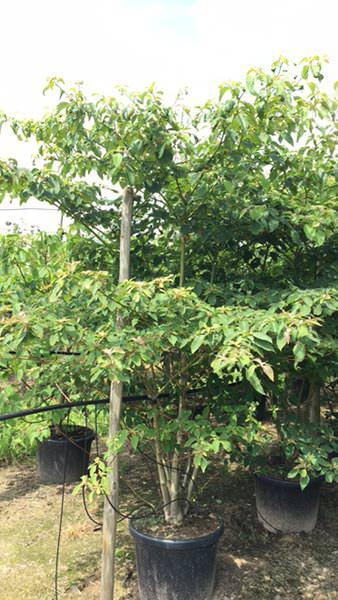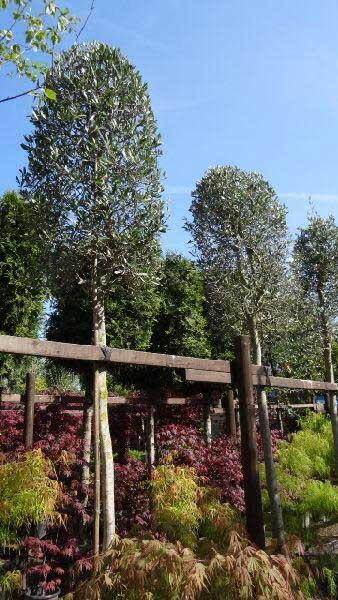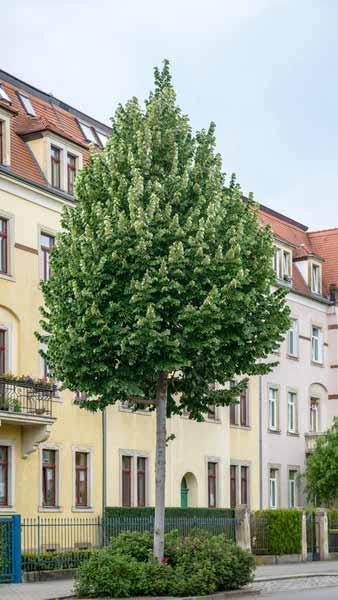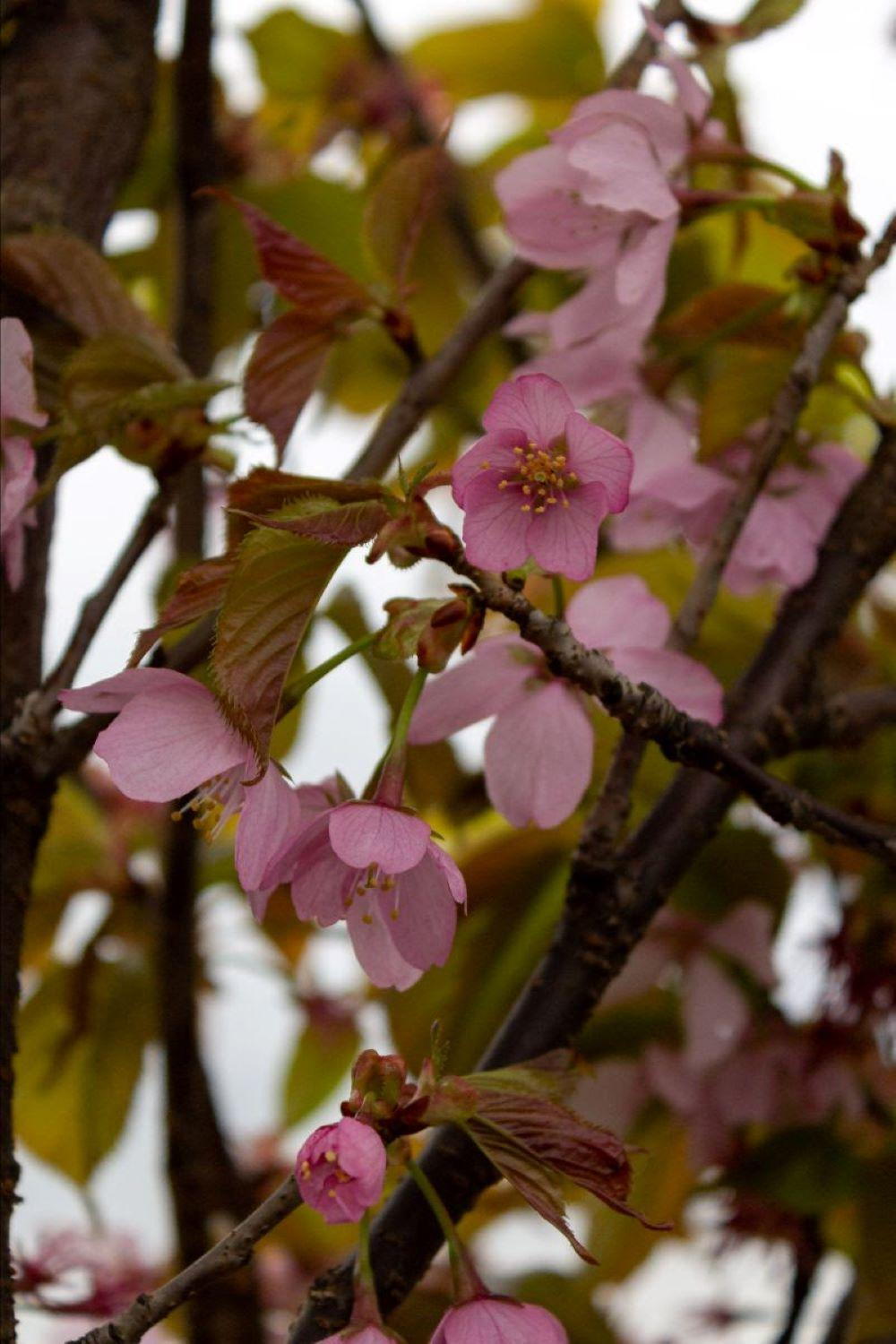Toona Sinensis Flamingo Chinese Cedar Flamingo Tree for Sale
Toona sinensis Flamingo, common name Chinese Cedar Flamingo, is a truly unique tree. With splendid bright pink foliage that pales as the seasons pass, attractive blossoms, and peeling bark, this stunning deciduous tree will be in the center of the attention throughout the year.With a bushy, multi-stemmed habit, this ornamental small tree forms a clump as it matures. In the spring, pinnate leaves unfold along the upright, slim branches. The colour of young leaves is a bright, lovely pink similar to the feathers of the flamingo birds who inspired this variety’s name. The lush, vibrant display of pink foliage lasts for 2 to 3 weeks, when it starts paling to a creamy beige hue, to a rich green in the summer and, finally, yellow in the autumn. Although not as memorable as the unique foliage, the flowers are quite attractive as well. Blossoms appear on the tree in midsummer, white and borne in drooping panicles. Sweetly scented, they attract pollinators. Another noteworthy quality of Chinese Cedar Flamingo is that not only the flowers are aromatic- all parts of the tree, including the foliage and stems, have a light, spicy fragrance. Fruits are winged capsules and stay on the tree well into the winter. In the winter months, the peeling bark offers interest.An East Asian native, Toona sinensis Flamingo is easy to grow and to care for. This highly-decorative tree will thrive in most fertile, well-drained soils, in full sun. Considered pest and disease free. With the ability to survive in areas where temperature do not drop below -10 degrees, Chinese Cedar Flamingo is hardy in the United Kingdom. This cultivar appreciates a sheltered spot in the garden, where strong winds will not damage its foliage.Fairly compact as a mature tree, Chinese Cedar Flamingo has a maximum size of 8 to 12 metres in height and 4 to 8 metres in width. To maintain its beautiful multi-stemmed habit in great shape, just remove any dead or congested shoots.Creating a breathtaking display of colour in the spring, the foliage of the Toona sinensis Flamingo can be, in its effect, compared with the blossoms of floriferous cultivars. Offering leaves that change colour with each season, attractive habit, and a fragrant summer bloom, this ornamental tree is an ideal candidate for a specimen tree. This cultivar can shine in a mixed shrub border as well, especially when paired with magnolias or tree peonies for a burst of pastel, romantic colours. For smaal tree companions, consider pink leafed Japanese Acers such as Acer Palmatum Chitoseyama or Acer Palmatum Orido Nishiki.
